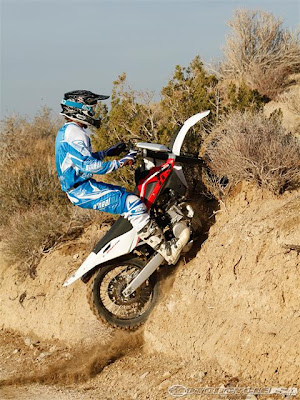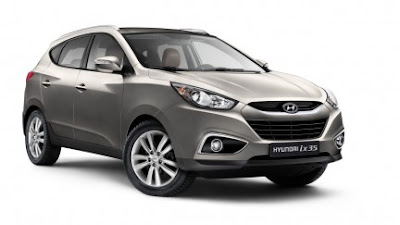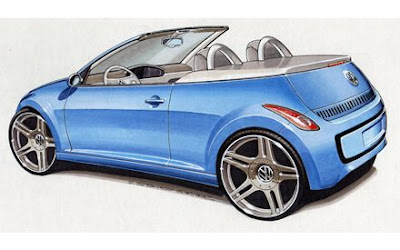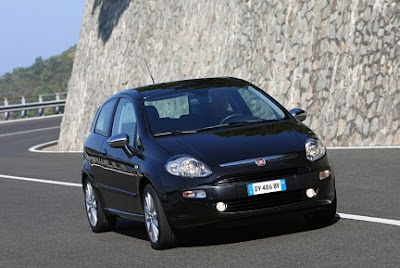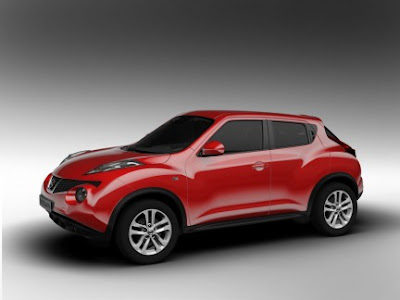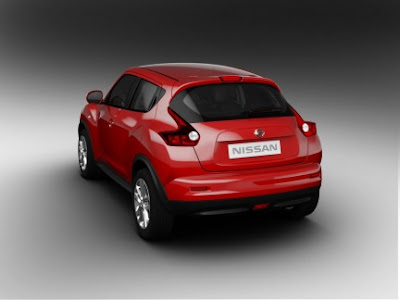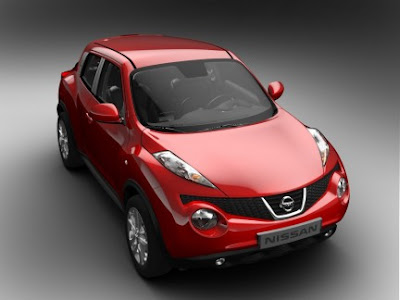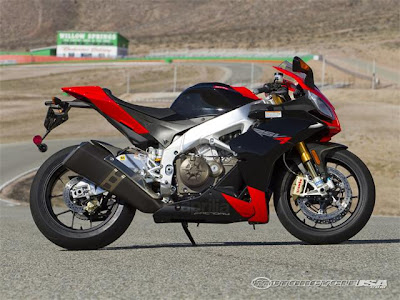
Impossible not to notice by simply glancing at the Italian V-Four, the bike feels very small between one’s legs. And while not much bigger in width than today’s compact 600s, the Aprilia still fit our 6-foot-tall Road Test Editor, Adam Waheed, quite well. This is because the actual on-bike ergos are surprisingly relaxed, with lower-than-expected footpegs and ample room provided by the long solo seat. This allowed the Aprilia to be a comfortable machine for everyone who tested it, sizes ranging from my vertically-challenged 5’6” stature to the aforementioned lanky frame of Waheed.
And while the V-Four engine may be on the heavy side, the power which it produces, and the way in which it puts it to the ground, greatly impressed all who rode it. With almost the ideal mix of low-end torque from a V-Twin and the high-revving nature of an Inline-Four, it’s nearly impossible not to be drawn in by the Aprilia’s powerplant.
Exit the corner and open the throttle, even as low as 6000 rpm, and the RSV pulls with a strong yet somewhat deceiving ferocity. This push keeps building as the revs rise, and just as one thinks the mid-range will taper off as 10,000 rpm splashes across the dash, it hits what feels like overdrive, surging into the upper revs and keeping on strong all the way up to and slightly past 13,000 rpm. Due to the strong bottom end and mid range, I found myself riding it somewhat like a Twin at first, short-shifting quite often. That was until I experimented at the top of the revs and realized what I had been missing.
The power is downright impressive, especially considering the highly-modified competition we were riding alongside it. Taking a look at the cold, hard numbers, on our dyno the RSV4 pulled a solid 154.6 hp at 12,300 rpm with 75.1 lb-ft of torque at 10,000 rpm – very competitive numbers from a stock machine.
Aprilia RSV4 Factory
MSRP: $20,999
Curb Weight: 453 lbs
Horsepower: 154.6 @ 12,300 rpm
Torque: 75.1 lb-ft @ 10,000 rpm
Quarter Mile: 10.30 seconds @ 139.8 mph
Racetrack Top Speed: 153.8 mph
Best Lap Time: 1:28.21
And while the V-Four engine may be on the heavy side, the power which it produces, and the way in which it puts it to the ground, greatly impressed all who rode it. With almost the ideal mix of low-end torque from a V-Twin and the high-revving nature of an Inline-Four, it’s nearly impossible not to be drawn in by the Aprilia’s powerplant.
Exit the corner and open the throttle, even as low as 6000 rpm, and the RSV pulls with a strong yet somewhat deceiving ferocity. This push keeps building as the revs rise, and just as one thinks the mid-range will taper off as 10,000 rpm splashes across the dash, it hits what feels like overdrive, surging into the upper revs and keeping on strong all the way up to and slightly past 13,000 rpm. Due to the strong bottom end and mid range, I found myself riding it somewhat like a Twin at first, short-shifting quite often. That was until I experimented at the top of the revs and realized what I had been missing.

The power is downright impressive, especially considering the highly-modified competition we were riding alongside it. Taking a look at the cold, hard numbers, on our dyno the RSV4 pulled a solid 154.6 hp at 12,300 rpm with 75.1 lb-ft of torque at 10,000 rpm – very competitive numbers from a stock machine.
Aprilia RSV4 Factory
MSRP: $20,999
Curb Weight: 453 lbs
Horsepower: 154.6 @ 12,300 rpm
Torque: 75.1 lb-ft @ 10,000 rpm
Quarter Mile: 10.30 seconds @ 139.8 mph
Racetrack Top Speed: 153.8 mph
Best Lap Time: 1:28.21


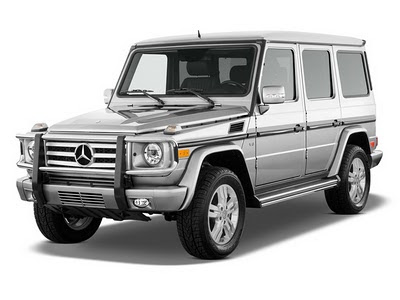

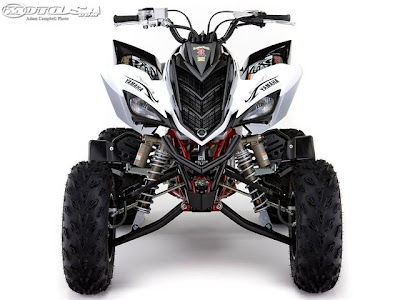
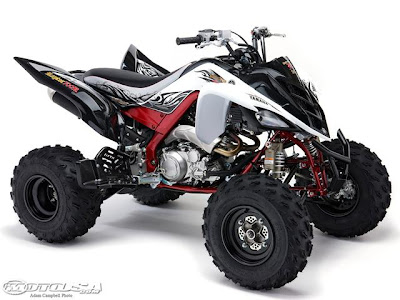
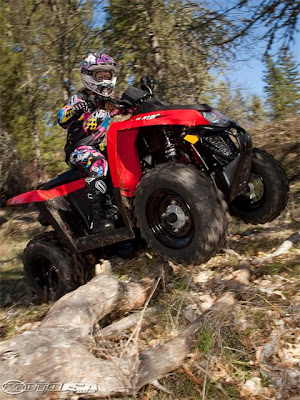

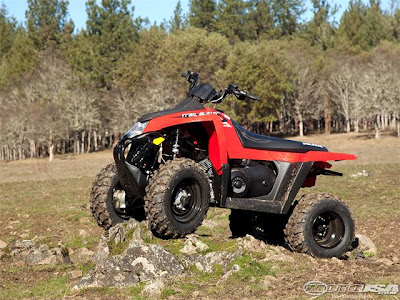

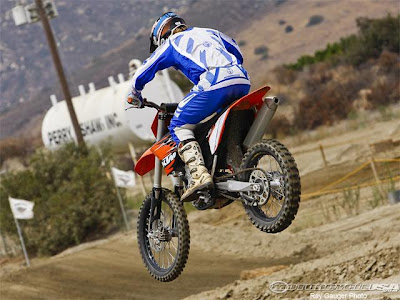




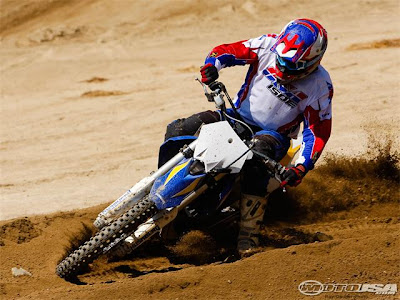 Nick got his first ride on the new models at the KTM/Husaberg Dealer meeting at Red Bud, Michigan and here is his riding impression for the FX450: Things I knew to focus on were handling via new 22mm triple clamp and power delivery through the new FX gearbox. Right out of the gate on the grass track I noticed how the bike's first gear was taller. The FE 450's first gear is so low it is usable only in the nasty stuff and normally only from a dead stop. The FX 450's cog spacing allowed for more forgiveness on gear selection and to keep the rpm range you want without stabbing the clutch. Along with the sweet six-speed gearbox, the motor has been retuned via the fuel injection mapping. The FX has noticeably more midrange punch, despite the stock silencer. This is due to richer mixture thanks to the closed-course designation of the FX. The motor retains its smooth seamless power delivery, pulling stronger when the revs climb. Handling on the FX with the 22mm offset triple clamp, designed for optimal flex, was quite good. The bike had a more settled feel at speed yet would follow ruts on the Red Bud moto track better than any other bike I tried. The bike resists knifing-in and over-steering, yet feels precise enough to let rider input drive the bike anywhere. Cornering is still “Husa-light” as the bike will throw from side to side in tighter situations like a much smaller bike may feel. Suspension is much firmer with increased bottoming resistance over the FE models. It handled all the jumps our grass track had without problem. Overall the feel is both stable and agile
Nick got his first ride on the new models at the KTM/Husaberg Dealer meeting at Red Bud, Michigan and here is his riding impression for the FX450: Things I knew to focus on were handling via new 22mm triple clamp and power delivery through the new FX gearbox. Right out of the gate on the grass track I noticed how the bike's first gear was taller. The FE 450's first gear is so low it is usable only in the nasty stuff and normally only from a dead stop. The FX 450's cog spacing allowed for more forgiveness on gear selection and to keep the rpm range you want without stabbing the clutch. Along with the sweet six-speed gearbox, the motor has been retuned via the fuel injection mapping. The FX has noticeably more midrange punch, despite the stock silencer. This is due to richer mixture thanks to the closed-course designation of the FX. The motor retains its smooth seamless power delivery, pulling stronger when the revs climb. Handling on the FX with the 22mm offset triple clamp, designed for optimal flex, was quite good. The bike had a more settled feel at speed yet would follow ruts on the Red Bud moto track better than any other bike I tried. The bike resists knifing-in and over-steering, yet feels precise enough to let rider input drive the bike anywhere. Cornering is still “Husa-light” as the bike will throw from side to side in tighter situations like a much smaller bike may feel. Suspension is much firmer with increased bottoming resistance over the FE models. It handled all the jumps our grass track had without problem. Overall the feel is both stable and agile



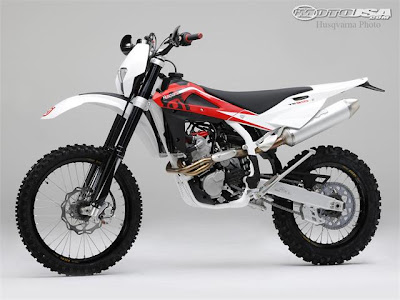 n Chamberlain, rode the same minute on his 450 and was able to watch the Husky from an outsider’s perspective. He commented that while I was riding very aggressively when running our fastest pace, he was able to lug his larger-displacement machine to achieve the same speed. Not necessarily surprising, but it confirmed that the 310 is best ridden high in the revs like a 250F in order to get the most out of it. It just doesn’t have the brawn to pull that heavy front end over obstacles in low rpm. It also proved that the Husky is capable of running near the top of our comfort level without any serious personalization; remember, it carries a plate
n Chamberlain, rode the same minute on his 450 and was able to watch the Husky from an outsider’s perspective. He commented that while I was riding very aggressively when running our fastest pace, he was able to lug his larger-displacement machine to achieve the same speed. Not necessarily surprising, but it confirmed that the 310 is best ridden high in the revs like a 250F in order to get the most out of it. It just doesn’t have the brawn to pull that heavy front end over obstacles in low rpm. It also proved that the Husky is capable of running near the top of our comfort level without any serious personalization; remember, it carries a plate 
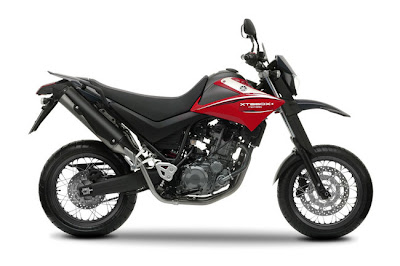
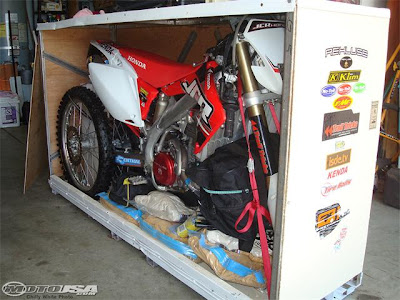
 I have had lots of luck working with Javier Gonzales at Trail Trick. The stock starter switch is rather large and it slots into the throttle, so you cannot adjust the throttle position without also adjusting the starter. It also makes it difficult to find room to add bar-mounted handguards. The welder also fabricated a nice rear axle pull to help speed tire changes. Six Day rules require a speedometer and I had a stock KTM one handy and it even fit right into the stock mount on the top clamp. A BRP chain guide made the list, but check out the reinforced welds to keep it from snapping off the swingarm. ISDE format racing virtually necessitates having a kickstand. The Pro Moto Billet KICKIT is lighter, stronger and less obtrusive than the stock version. The entire top of the airbox was cut out to improve air flow. While working on the air box we also did some careful knife work around the edges. There are sharp lips on both the top and bottom of the side opening of the air box and when changing the air filter these constantly snag the foam.Knowing that the bike had to stay at 94db for ISDE use, I decided to try a FMF Q4 slip-on and that did help wake up the mid-range as well as giving just a little more on top.
I have had lots of luck working with Javier Gonzales at Trail Trick. The stock starter switch is rather large and it slots into the throttle, so you cannot adjust the throttle position without also adjusting the starter. It also makes it difficult to find room to add bar-mounted handguards. The welder also fabricated a nice rear axle pull to help speed tire changes. Six Day rules require a speedometer and I had a stock KTM one handy and it even fit right into the stock mount on the top clamp. A BRP chain guide made the list, but check out the reinforced welds to keep it from snapping off the swingarm. ISDE format racing virtually necessitates having a kickstand. The Pro Moto Billet KICKIT is lighter, stronger and less obtrusive than the stock version. The entire top of the airbox was cut out to improve air flow. While working on the air box we also did some careful knife work around the edges. There are sharp lips on both the top and bottom of the side opening of the air box and when changing the air filter these constantly snag the foam.Knowing that the bike had to stay at 94db for ISDE use, I decided to try a FMF Q4 slip-on and that did help wake up the mid-range as well as giving just a little more on top.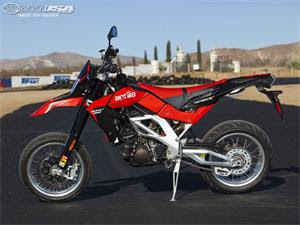
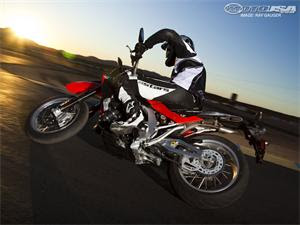
 love riding the Aprilia, but I am not sure how long it will live in my garage.The scream emitted during fast idle from the engine’s internal mechanical flurry and the roar of the sleek and expensive looking 2-into-1-into-2 pipe configuration is wake-the-neighbors loud. But, once the engine is up to temperature, the fast-idle knob can be switched off and the engine settles at 2000 rpm, a far less attention grabbing volume.
love riding the Aprilia, but I am not sure how long it will live in my garage.The scream emitted during fast idle from the engine’s internal mechanical flurry and the roar of the sleek and expensive looking 2-into-1-into-2 pipe configuration is wake-the-neighbors loud. But, once the engine is up to temperature, the fast-idle knob can be switched off and the engine settles at 2000 rpm, a far less attention grabbing volume.





